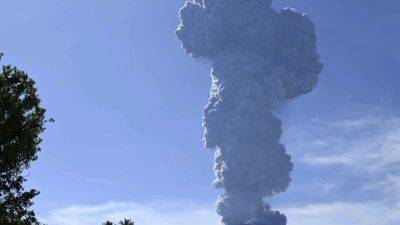Deforestation in Indonesia spiked last year – but data analysis suggests better overall trend
From trees felled in protected national parks to massive swathes of jungle razed for palm oil and paper plantations, Indonesia had a 27 per cent uptick in primary forest loss in 2023 from the previous year, according to a World Resources Institute analysis of deforestation data. But the loss is still seen as historically low compared to the 2010s, it said.
“Deforestation has been declining from six or so years ago, when there were peak rates,” said Rod Taylor, global director of the forests programme at WRI. “It’s good news and commendable for Indonesia.”
The latest data from the University of Maryland’s Global Land Analysis and Discovery laboratory was shared on Global Forest Watch – a platform run by WRI that provides data, technology and tools for monitoring the world’s forests.
A vast tropical archipelago stretching across the equator, Indonesia is home to the world’s third-largest rainforest, with a variety of endangered wildlife and plants, including orangutans, elephants and giant forest flowers. Some live nowhere else.
Since 1950, more than 74 million hectares (739,998 sq km) of Indonesian rainforest – an area twice the size of Germany – have been logged, burned or degraded for development of palm oil, paper and rubber plantations, nickel mining and other commodities, according to Global Forest Watch.
Indonesia is the biggest producer of palm oil, one of the largest exporters of coal and a top producer of pulp for paper. It also exports oil and gas, rubber, tin and other resources.
Expansion of industrial plantations occurred in several locations adjacent to existing palm oil tree and pulp and paper plantations on the tropical islands of Kalimantan and West Papua, according to the analysis.
The Indonesian Ministry of







